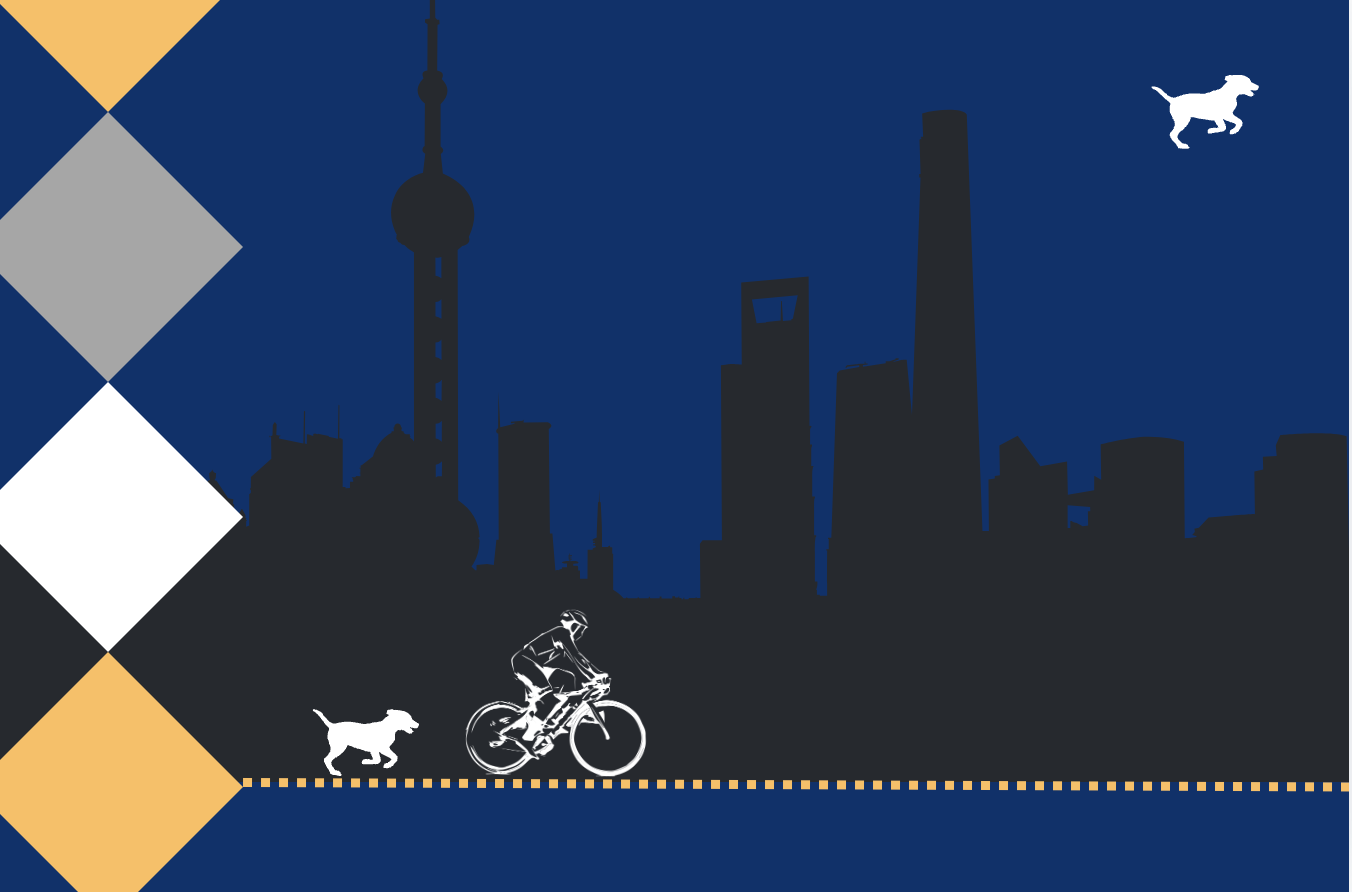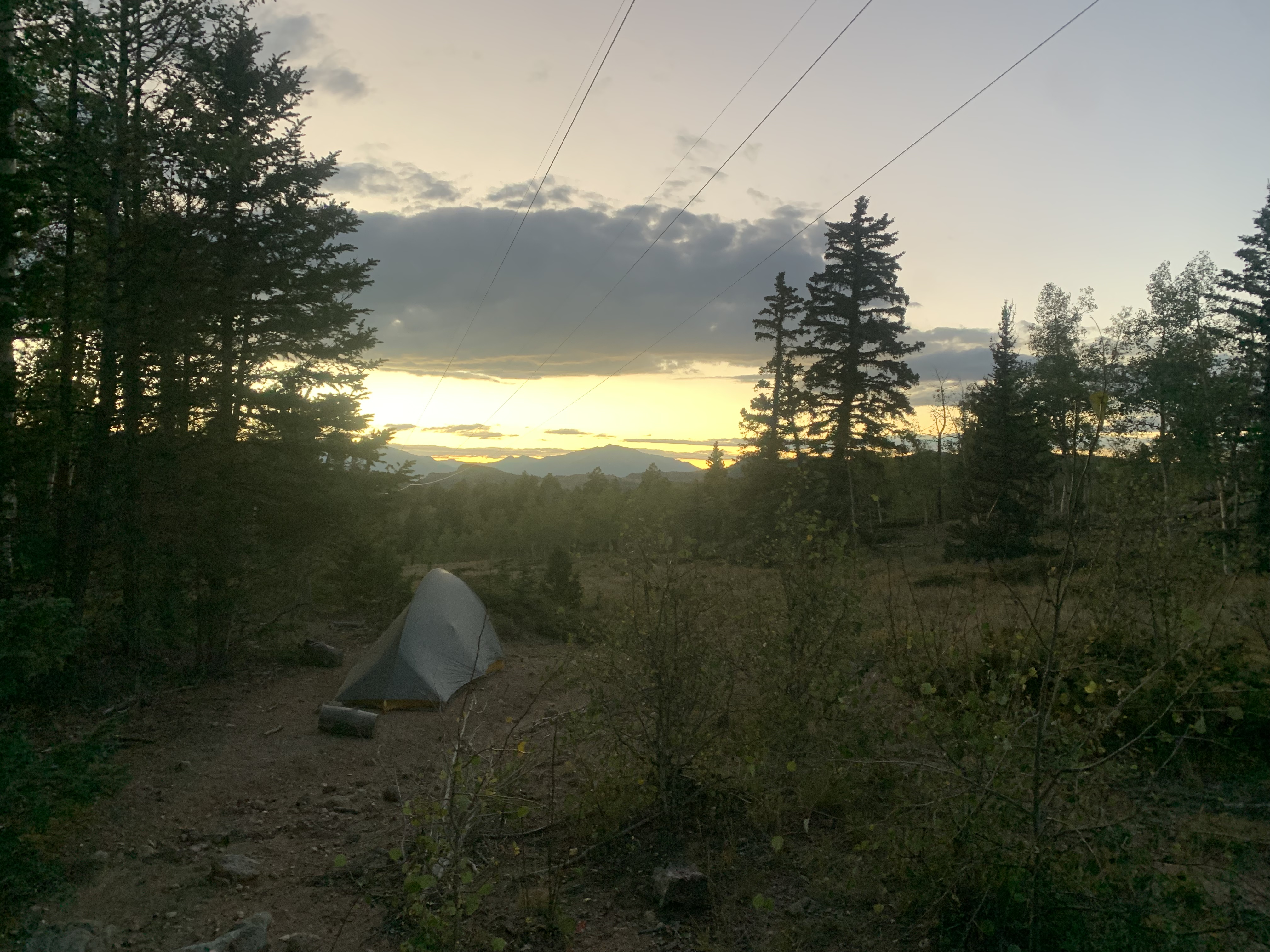Urban Biking: 7 Tips for Riding in the City

I started biking a lot more in college. I hated taking the transit system, and the best way to navigate the city was to take a bike that I shared with my six roommates (not at the same time).
Biking in the city, or “urban biking” as the pros call it, is a great way to explore and commute. You can get around much faster than on foot, and you can get to places that the trains and busses can’t access. If you live in a city like Boston, where traffic is bad and public transit is a mess, bikes are arguably the best mode of transportation in the city.
There’s even “urban mountain biking,” and I recently discovered some hidden single-track trails near my neighborhood. I’ll tell you more about this style of biking and how to stay safe on city roads in the rest of this post.
What is Urban Biking?
Urban biking means biking in the city. You’re zipping around town, dodging cars, pedestrians, dogs, you name it. It’s one of the most efficient (and dangerous) ways to get around most cities.
Now, you should take that last comment with a grain of salt. I bike in Boston, but it’s a notoriously bad driving city. The roads are confusing, the bike lanes are scarce, and the idea of “right of way” is optional for some drivers.
Your city might be much safer. But since Boston ranks a mere number 77 on the most dangerous list, I’d wager that most of us biking in urban areas enter the danger zone when we do it.
That’s why I’ve come up with this list of tips for biking in cities and urban areas. As someone who has tempted fate more than once on two wheels, I’ll give you some pointers for staying safe on the roads or at least some peace of mind while you’re out there.
Urban Biking Tips
1. Don’t get hit by a car.
Like Vince Vaughn said in Dodgeball, “Good luck to you, Gordy, remember, they’re 90% metal.”
Cars hurt. It doesn’t matter how fast they’re going; they’re going win against your tiny bike, leaving you flattened like a pancake on the road.
I know this might seem obvious, but it’s amazing how many times people (me, I’m people) forget this when you’re racing a bus through a streetlight or playing chicken with an oncoming car.
Don’t tempt fate. Use the bike line. Slow down a little bit (and look!) before you run that red light.
2. Helmets are cool.
Hannah and I say this every time we take our bikes out: “Helmets are cool.”
Cool people wear helmets.
Example #1: Jax Teller
Motorcycles, guns, helmets. Very cool.
Example #2: Joe Burrow
Football player, national title winner, helmet. Very cool.
Example #3: Joan of Arc
Won a war for France, and probably wore this helmet while doing it. Cool.
I rest my case. Wear a helmet. They’re cheaper than medical bills.
3. Yes. You have the right of way, but should you take it?
In most cases, you have the right of way when it comes to riding alongside a car or making a turn at an intersection. Most of the time this is a good thing. You get to take up some space (maybe even a full lane) and make those gas-guzzling cars sit and wait while you make your move.
Before I drove in the city, I used to get really upset with drivers who would narrowly miss hitting bikers with their cars. I thought it was carelessness and that these people should pay more attention to the road. That’s easy to say when you’re on a bike and have a 360-degree view of what’s going on.
When you get behind the wheel, you start to see why it's so stressful. Cars honk at you, pedestrians are everywhere, and bikers fly by your car's blind spot. With how people bike in the city, I am honestly shocked I haven’t T-boned someone when making a right turn.
What I’m driving at here, (hehe pun) is to work together. Just because you have the right away doesn’t mean you should go barreling into a car at full speed. Think on your feet, read, and react. Assume every car will hit you, and you’ll be more prepared to dodge (duck, dip, dive, and dodge) when it actually does.
4. Bike as a team.
Biking is an awesome activity to do with other people, but doing it in the city isn’t as glamorous as you might think. If you envision an empty road, riding side by side and holding hands, you might need to reset your expectations a bit.
You often have to ride in a single-file line, making it tough to communicate with your partner. The person in front is going to be listening a lot, and the person in the back is going to shout a lot. It’s not very conducive to in-depth conversations, and most of the time, you end up saving your thoughts until you get to where you going.
When you’re on the bike, communication is more of a team effort. The person in front uses their hands to signal while they’re riding, and then you wait until you reach a stoplight to have a brief conversation. You only get a few moments between crossing the road or making a turn where you can chat about directions, so make sure you and your partner are on the same page before the light turns green. If you need to take an extra second to talk about that cute dog you just saw, by all means, do so, but on the sidewalk, please.
At the end of the day, just be safe. Stop traffic for each other if you can. If you’re in front, check back on your partner to ensure they made the turn. Take plenty of breaks when needed. And always stop to pet the dogs.
Urban Mountain Biking
Believe it or not, there is such a thing called urban mountain biking. It’s when you find trails or sections of the city where you can take your bike offroad. Sometimes it’s a park, a wooded reservation, or even a makeshift trail that people created over time.
In Somerville, we have the community bike path and the Minuteman Bikeway (map below). Both are paved walking trails with single-track paths into the woods on either side. They make for great riding similar to what you might find in a flat section of a mountain bike trail.
Here are a few recommendations for finding and riding on these trails:
Do your research.
If you live in the city, you probably know where the good spots are. If you don’t, do a little research. Look for riding paths online or use an app like AllTrails to find mountain bike trails.
I found my best spots by going for rides and marking down little side paths that looked promising. I would also try to find conservation land or big parks in or near the city that would support this type of riding. A lot of it is going to be trial and error, so don’t be discouraged if the first couple of scouting sessions are unsuccessful.
Plan multiple rides.
You should also factor in multiple rides. When you find that side path or mysterious trail, you never know how long it will go or what the conditions might be like. You could Google it, but who has the time for that?
That’s why I recommend riding as a form of research. Once you scout out a few promising spots, you can commit entire days to exploring those trails. It gives you something to do every time you go out.
Avoid commuting hours.
Commuters suck. They crowd the trail. They don’t pay attention. And, they do this thing where they stare at you coming from a mile away and freeze like a deer when you ride by them. Even some of us on bikes need to learn how to move to the right when you’re riding so slow that joggers are passing you on foot.
If you want to go fast, avoid commuting hours. Riding during off-hours, like early in the morning or late at night, will give you more space to maneuver and operate. Get a headlamp or headlight if you have trouble seeing, and add a rear light to your seat so cars can see you.
Start slow, end fast.
I recommend going slow the first few times you take these trails. Maybe I’m not the best rider, but I am really good at getting hurt. I can tell you exactly how to do it, and one way is to go as fast as you can down something you’ve never tried before.
For some people, that’s a recipe for success, and I say more power to you. But, for people like me, a walking accident waiting to happen, we have to be a little more tactful. Ride it slow the first time, then fly through it the second. You never know what kind of roots and rocks are hiding on these trails, so it’s better to get a feel for it before going full speed.
Some big news to come.
I know we’ve taken a short break since our last post, but I wanted to wrap this up with an update from our team. We have some big news to share soon, and while I can’t say what it is yet, just be on the lookout for a new post catching you up on the latest adventures from PFP.




